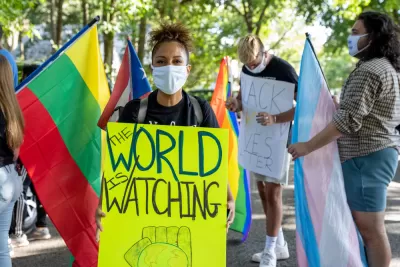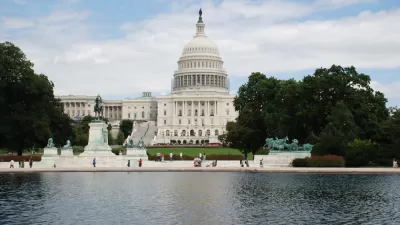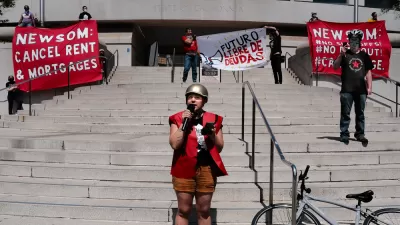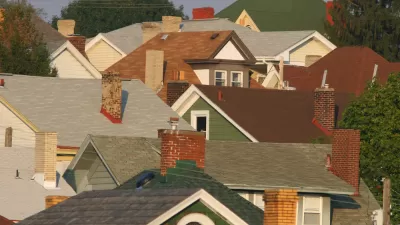State activists say eviction cases were filed in violation of the CARES Act’s ban on evictions. Pre-trial settlement conferences are further complicating the situation.

The COVID-19 pandemic has had a devastating economic impact on renters across the United States. Though several states issued moratoriums on evictions earlier this year and the Centers for Disease Control recently ordered a federal eviction moratorium that will last through the end of 2020, these actions have not and will not stop landlords from trying to remove tenants from their homes for nonpayment of rent.
In many cases, the CDC’s nationwide eviction moratorium does not affect a state’s specific eviction moratorium, offering no extra security for tenants who are already facing the threat of being removed from their homes. In all cases, tenants will still owe rent to their landlords, and in many cases landlords can still file eviction complaints in the courts. In New Jersey, for instance—despite a temporary ban on evictions from federally financed properties via the CARES Act, a statewide eviction moratorium for all renters, and suspended eviction court proceedings—30,000 eviction complaints have been filed since March, and many tenants have lost their homes. Tenants’ rights advocates and lawyers say a number of pending eviction cases filed between March and July 25, when the CARES Act protections expired, are in violation of the federal law.
Taking a closer look at what has happened in the Garden State these last several months could provide guidance on how the CDC’s broader eviction moratorium could be better enforced, and what advocates should be paying attention to.
Pre-trial Eviction Settlement Conferences
In March, New Jersey Gov. Phil Murphy issued ....
FULL STORY: The CARES Act Was Supposed to Protect NJ Tenants from Eviction. It Didn’t.

Study: Maui’s Plan to Convert Vacation Rentals to Long-Term Housing Could Cause Nearly $1 Billion Economic Loss
The plan would reduce visitor accommodation by 25,% resulting in 1,900 jobs lost.

North Texas Transit Leaders Tout Benefits of TOD for Growing Region
At a summit focused on transit-oriented development, policymakers discussed how North Texas’ expanded light rail system can serve as a tool for economic growth.

Why Should We Subsidize Public Transportation?
Many public transit agencies face financial stress due to rising costs, declining fare revenue, and declining subsidies. Transit advocates must provide a strong business case for increasing public transit funding.

How to Make US Trains Faster
Changes to boarding platforms and a switch to electric trains could improve U.S. passenger rail service without the added cost of high-speed rail.

Columbia’s Revitalized ‘Loop’ Is a Hub for Local Entrepreneurs
A focus on small businesses is helping a commercial corridor in Columbia, Missouri thrive.

Invasive Insect Threatens Minnesota’s Ash Forests
The Emerald Ash Borer is a rapidly spreading invasive pest threatening Minnesota’s ash trees, and homeowners are encouraged to plant diverse replacement species, avoid moving ash firewood, and monitor for signs of infestation.
Urban Design for Planners 1: Software Tools
This six-course series explores essential urban design concepts using open source software and equips planners with the tools they need to participate fully in the urban design process.
Planning for Universal Design
Learn the tools for implementing Universal Design in planning regulations.
City of Santa Clarita
Ascent Environmental
Institute for Housing and Urban Development Studies (IHS)
City of Grandview
Harvard GSD Executive Education
Toledo-Lucas County Plan Commissions
Salt Lake City
NYU Wagner Graduate School of Public Service





























